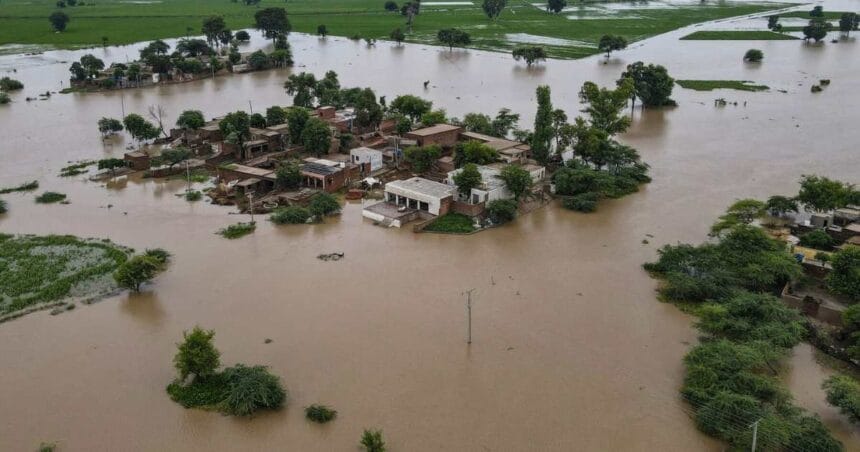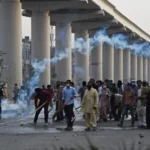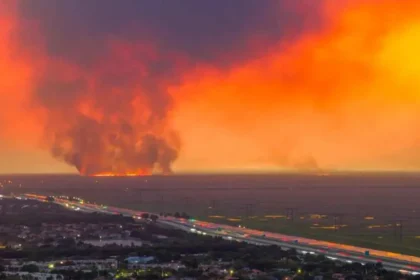Heavy monsoon rains and dam water releases have caused the Ravi River to flood, submerging villages across Punjab. Nearly 200,000 people have been evacuated as rescue teams, including the army, continue emergency operations. Experts warn the crisis highlights Pakistan’s vulnerability to climate change and cross-border water challenges.
Rising Waters and Evacuations
The Ravi River has reached exceptionally high flood levels after days of intense rainfall and upstream dam releases. At least 150,000 200,000 residents in Punjab have been forced to evacuate. Dozens of villages near Shahdara, Narowal, and Kasur are now under water, leaving communities devastated.
Humanitarian Crisis
- More than 80 villages inundated.
- Crops and livestock destroyed, worsening food insecurity.
- Families sheltered in schools, mosques, and temporary relief camps.
Medical teams report an increase in waterborne diseases, while hospitals are struggling to cope with heat and sanitation challenges in flood camps.
Emergency Response
The NDMA has declared a high alert, while Rescue 1122, army units, and civil defense are leading evacuations and relief operations. More than 300 medical and shelter camps have been set up across affected areas.
At Shahdara, water flow exceeded 155,000 cusecs, triggering critical warnings for downstream communities. Authorities are monitoring inflows at Jassar and Balloki to prevent further disaster.
Cultural and Religious Sites at Risk
Floodwaters have also entered the Kartarpur Corridor, raising concerns about heritage preservation. Officials confirmed that while buildings were affected, sacred scriptures remain safe.
Climate Change and Cross-Border Tensions
Pakistan’s officials blame part of the crisis on sudden water releases from Indian dams without prior coordination. Federal Planning authorities termed it “water aggression,” linking it to longstanding cross-border river disputes.














